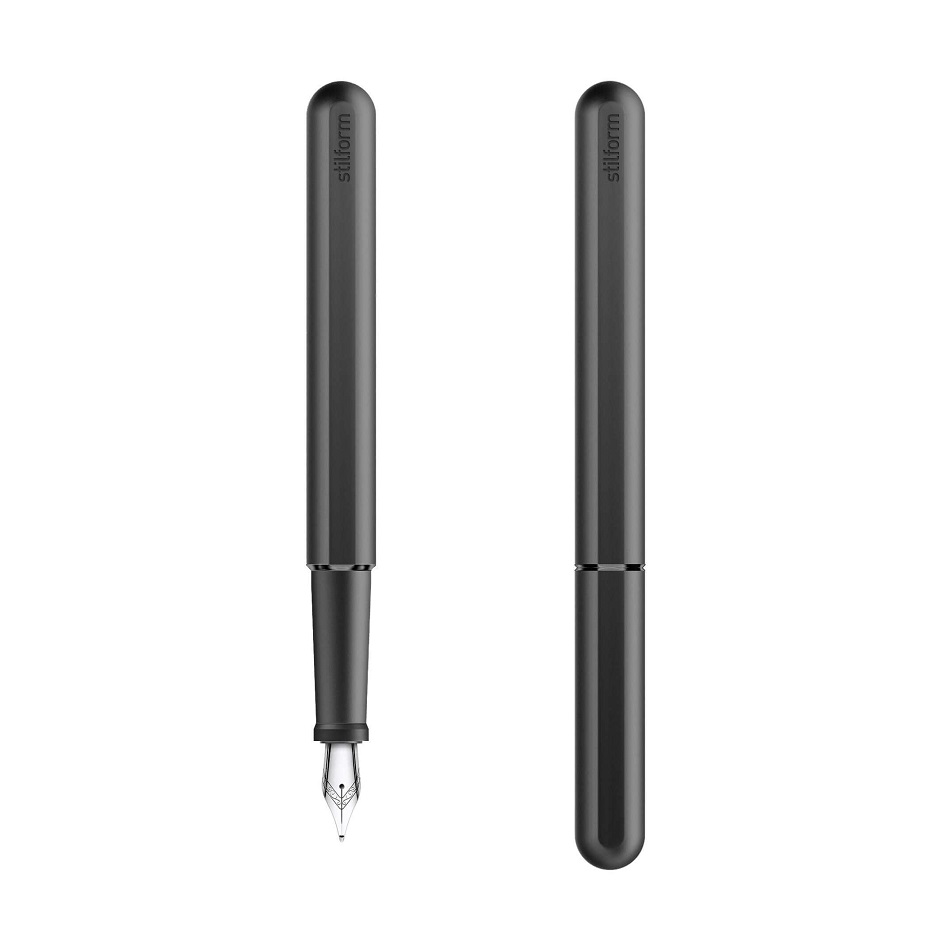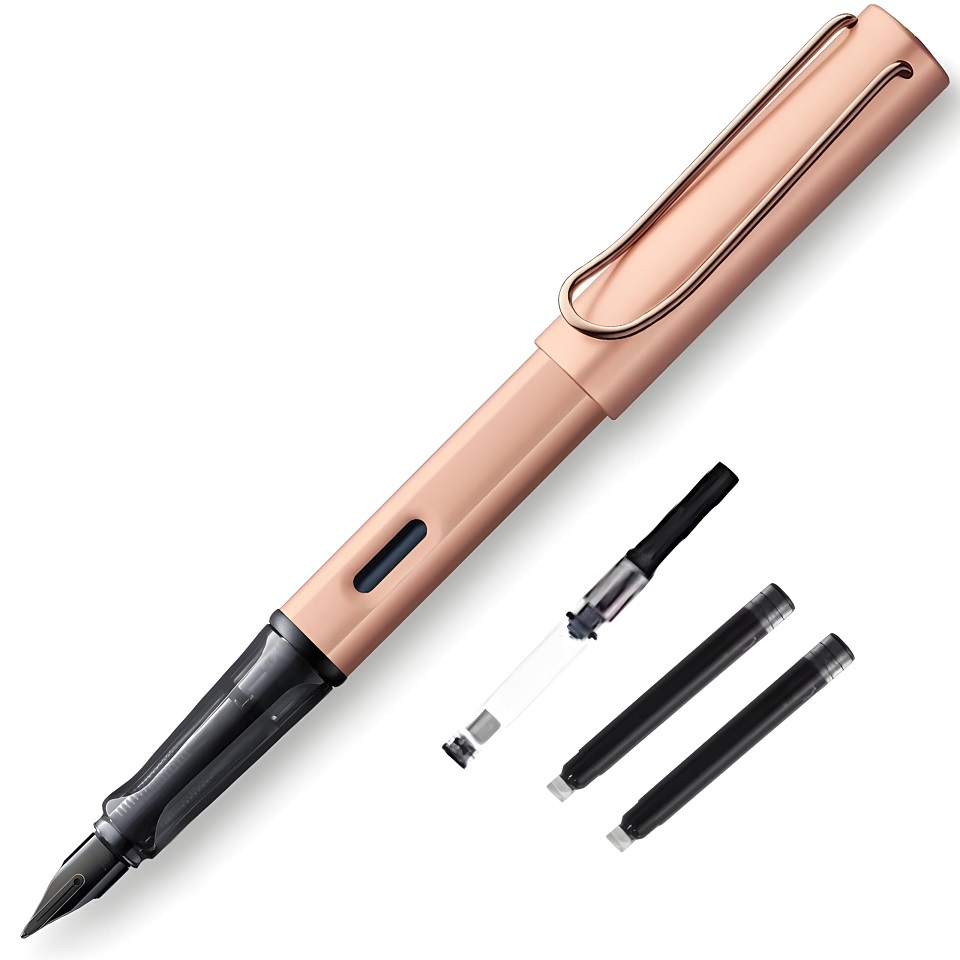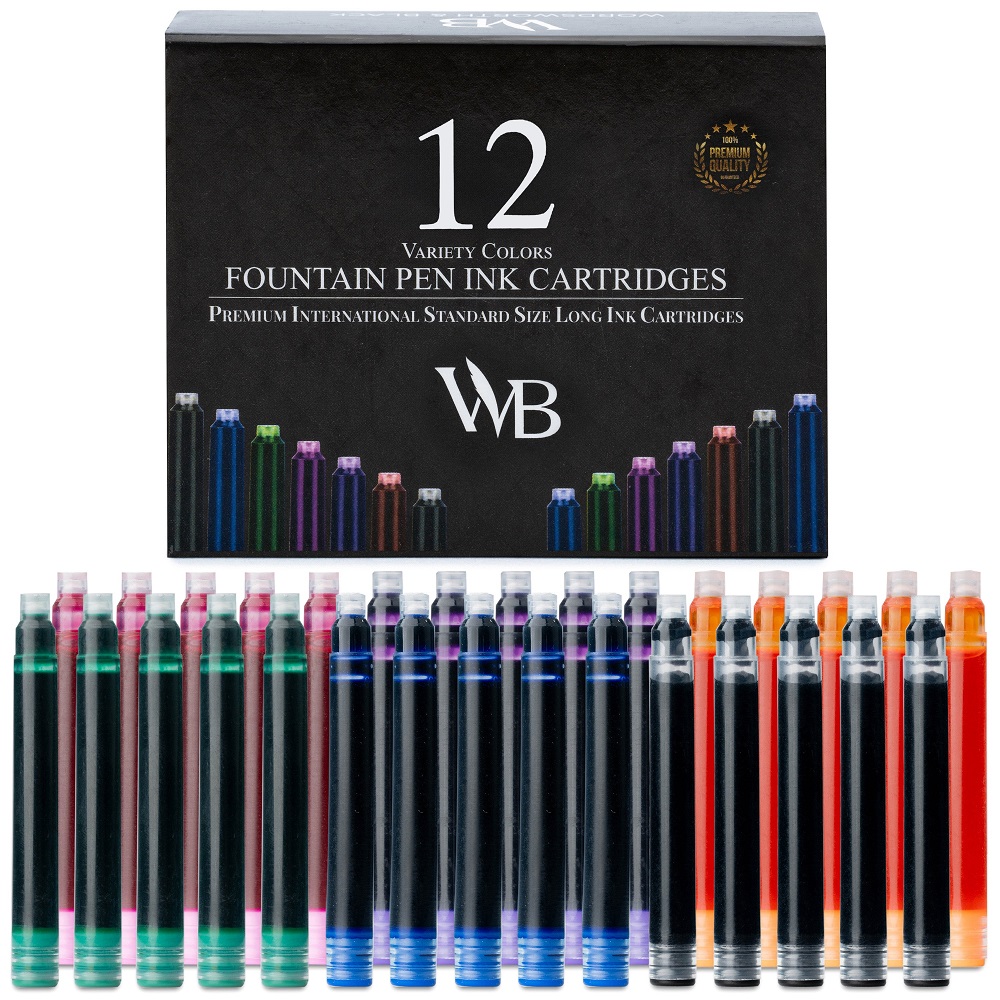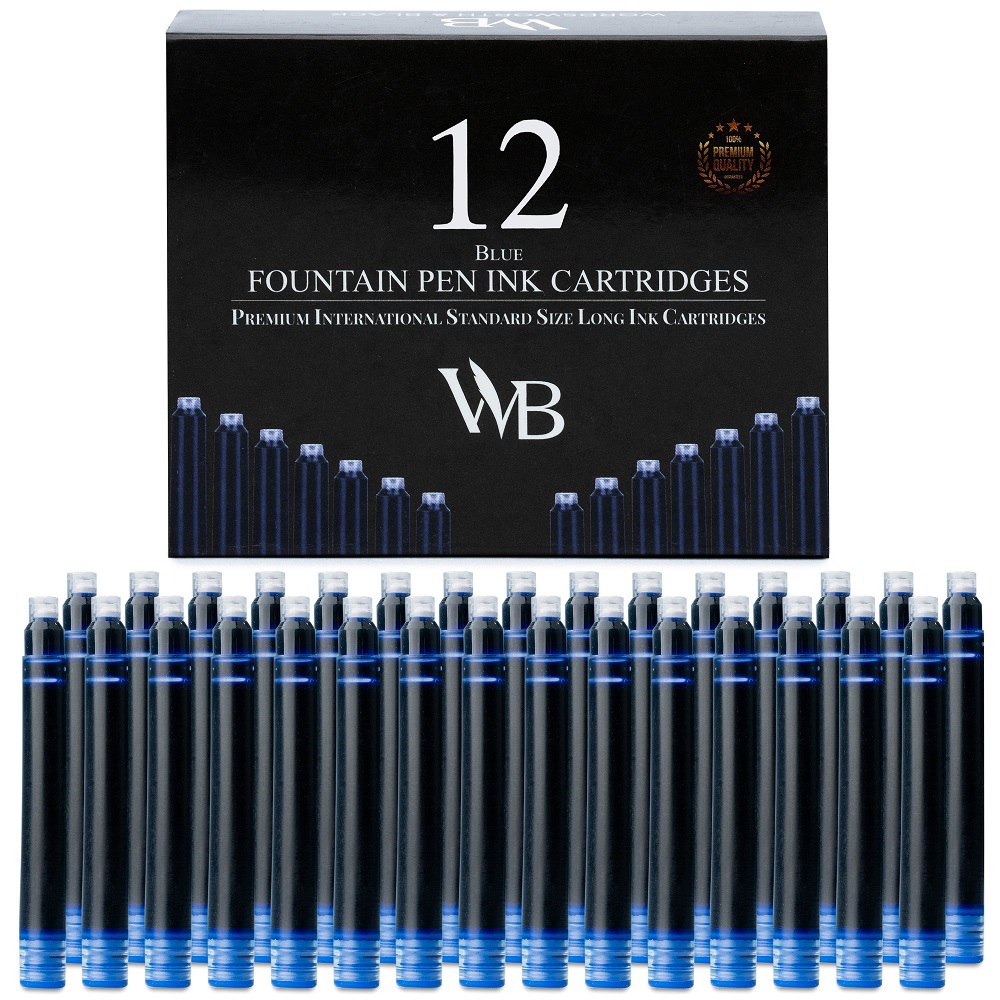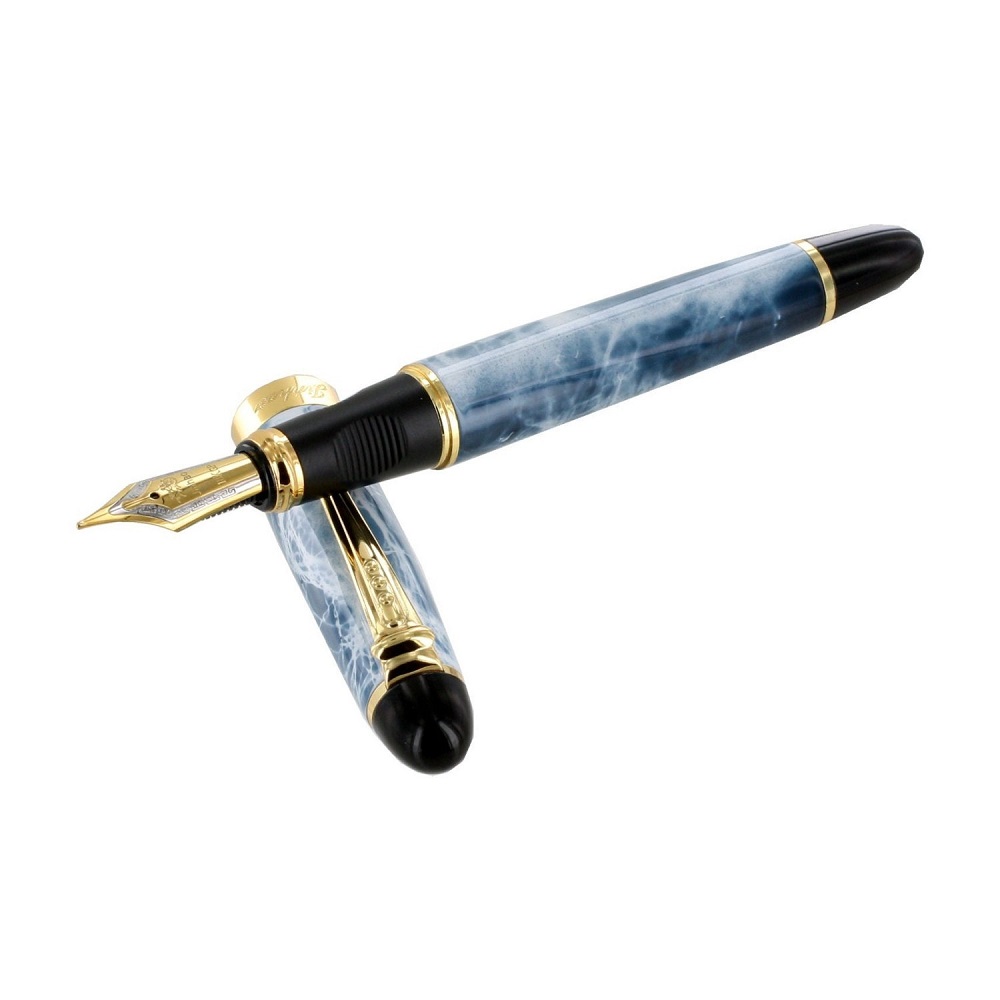Ink pens have been an integral part of human history for centuries. From ancient civilizations to modern digital age, they have played a vital role in communication, art, and documentation. This article explores the different types of ink pens, their history, benefits, and their resurgence in the age of technology.
A Brief History of Ink Pens
Early Beginnings
The story of ink pens dates back to ancient times. The earliest known writing instruments were made from reeds. Ancient Egyptians used reed pens dipped in ink to create hieroglyphics. These simple tools allowed them to document their culture and history. Over time, other civilizations adopted similar methods.
With the passage of time, technology evolved. The quill pen emerged as a popular writing tool in the Middle Ages. Made from bird feathers, particularly goose feathers, quills provided a flexible writing experience. The writer could control the thickness of the ink flow. This created beautiful lettering and intricate designs.
The Birth of the Modern Pen
In the 19th century, the fountain pen was invented. This innovation changed the landscape of writing instruments. Fountain pens had a reservoir that held ink. Writers no longer needed to dip their pens repeatedly. This made writing smoother and more efficient. The ink flow could be finely adjusted, offering a comfortable experience for users.
By the late 20th century, ballpoint pens gained popularity. They were easy to manufacture and provided a consistent writing experience. As a result, they became a staple in homes, schools, and offices worldwide. However, despite their widespread use, many enthusiasts still preferred ink pens for their elegance and artistry.
The Different Types of Ink Pens
Fountain Pens
Fountain pens are known for their sleek design and smooth writing experience. They use a nib that allows ink to flow steadily onto paper. They come in various designs and materials, from plastic to metal. Many people appreciate fountain pens for their artistry. High-end brands offer customizable options, allowing users to choose different nib sizes and ink colors.
Fountain pens often require maintenance. Users must refill them with ink regularly. Some styles even allow for changing the nib. This customization makes each pen unique. Writers enjoy the tactile feedback and the way the ink glides over paper. For many, using a fountain pen is a ritual, a moment of self-expression.
Rollerball Pens
Rollerball pens are a hybrid between fountain pens and ballpoint pens. They use water-based ink, which allows for a smoother writing experience compared to standard ballpoint ink. This ink flows freely, making it easy to write quickly. Writers enjoy the comfort and fluidity these pens provide.
Many brands offer a variety of styles, colors, and ink types for rollerball pens. They are often available in disposable or refillable formats. The advantage is that users can enjoy a consistent writing experience without worrying about ink drying out as quickly as in a ballpoint pen.
Gel Pens
Gel pens have gained immense popularity in recent years. They use a gel-based ink that delivers vibrant colors and smooth application. The ink dries quickly, making them ideal for notes and drawings. Users enjoy the wide variety of colors and tips available, from fine to bold.
Artists and students often prefer gel pens for their versatility. They can create art with beautiful gradients and intricate details. The introduction of glitter, metallic, and neon gel pens has only broadened their appeal. Gel pens continue to be a favorite among those who wish to express their creativity on paper.
The Benefits of Using Ink Pens
Enhanced Writing Experience
Using an ink pen provides an enhanced writing experience. The tactile sensation of a pen gliding across the paper adds a sensory element to writing. This can improve focus and creativity. Many writers find that they think more clearly when writing with a pen instead of typing. The act of writing by hand helps to solidify ideas and improve memory retention.
Using a fountain pen, rollerball, or gel pen can create a feeling of luxury. The smoothness and flow of the ink can make each stroke enjoyable. This experience can lead to longer writing sessions and greater satisfaction. For students and professionals alike, this means more effective engagement with their tasks.
Aesthetic Appeal
Ink pens also have a unique aesthetic appeal. A beautifully crafted pen can serve as a piece of art in itself. Many people collect pens due to their design and craftsmanship. Various materials, colors, and styles allow for personalization. Individuals can choose a pen that reflects their personality and taste.
Moreover, ink pens often evoke nostalgia. In an age dominated by digital devices, using a physical pen can feel refreshing. It connects us to a more tactile way of creating. The choice of pen can influence mood, making the writing experience even more enjoyable.
Encouraging Creativity
Writing with an ink pen can unlock creativity. The time taken to write by hand can lead to deeper thoughts and reflections. Furthermore, the uniqueness of each handwritten letter can inspire different ideas. Many authors and artists find that using a pen helps them think outside the box.
Inks in various colors also contribute to creative expression. Different colors can evoke different emotions, which may enhance the writing or drawing process. As people play with colors and designs, they can discover new styles of expression. This can lead to innovative works that might not emerge through typing or digital means.
Ink Pen in the Digital Age
Resurgence in Popularity
Despite the widespread use of technology, ink pens have seen a resurgence in popularity. Many people are drawn to the benefits of writing by hand in a digital world. The act of writing with an ink pen allows for a break from screens. It encourages mindfulness and helps focus on the task at hand.
Social media has played a role in this revival. Users share their writing and artwork using ink pens, fostering a vibrant community. These platforms showcase various styles of calligraphy and art. As people post images of their creations, others become inspired to join the movement.
The Connection to Mental Well-being
Writing by hand has numerous mental health benefits. It can act as a form of meditation, allowing people to express their thoughts and feelings. Engaging with a pen and paper offers a chance for reflection and introspection. Studies have shown that hand-writing can improve memory and cognitive function.
Many individuals use ink pens to journal. This practice helps process emotions and experiences. Instead of typing thoughts into a device, journaling with an ink pen fosters a deeper connection to the written word. This can lead to greater self-awareness and personal growth.
Combating Digital Fatigue
The modern lifestyle often involves extensive screen time. This can lead to digital fatigue and burnout. Using an ink pen provides an escape from this constant digital engagement. It allows for a different form of creativity that contrasts with the digital world.
Writing with an ink pen can refresh the mind and offer a new perspective. This simple act breaks the cycle of technology overload. Many find that putting thoughts on paper helps them regain clarity and focus. As a result, they feel more balanced in their daily lives.
Choosing the Right Ink Pen for You
Understanding Your Needs
When it comes to choosing an ink pen, it’s essential to understand your preferences and needs. Consider how you intend to use the pen. Do you plan to take notes, write letters, or create art? Knowing your purpose can shape your choice of pen.
For everyday writing, a reliable rollerball or gel pen may suffice. If you seek luxury or artistic expression, a fountain pen could be your best bet. Think about the ink flow, nib size, and grip. Each factor contributes to your overall writing experience.
Exploring Different Brands
Numerous brands produce high-quality ink pens. Some well-known names include Pilot, Lamy, and Montblanc. Each brand offers various pen types, styles, and price points. Research different options to understand what resonates with you. Reading reviews and trying pens in person can also aid your decision.
Explore unique boutique brands, as they often create limited editions or specialty pens. These may provide exclusive features and designs not found in mainstream options. Collecting unique pens can become a satisfying hobby and deepen your appreciation for the art of writing.
The Art of Maintaining Your Ink Pen
Proper Care Guidelines
To ensure your ink pen lasts, proper care is essential. Each type of pen has different maintenance needs. Fountain pens, for instance, require regular cleaning. Over time, ink can dry up and clog the nib. Cleaning ensures a smooth ink flow and prolongs the pen’s lifespan.
For rollerball and gel pens, ensure caps are secured when not in use. This prevents ink from drying out and keeps the pen ready when needed. Regularly inspect your pens for any signs of damage or wear. If you notice issues, consider repairing or replacing the pen as needed.
Refilling and Replacing Ink
Understanding how to refill your ink pen is crucial. Fountain pens can use bottled ink or cartridges. Make sure to choose quality inks that suit your pen type. Some users even experiment with various inks to discover their favorites. This can add another personal touch to their writing experience.
For rollerball and gel pens, ensure you purchase compatible refills to maintain consistent performance. Many pens have identifiable refill numbers or product codes. Keeping this information handy can make it easier to find replacements in stores or online.
The Future of Ink Pens
Evolving Technologies
The world of ink pens is also adapting to technological advances. Some companies are experimenting with smart pens that sync handwritten notes with digital devices. These pens bridge the gap between traditional writing and digital convenience. The ability to capture notes digitally while enjoying the tactile experience of writing is appealing.
This evolution may attract even more users to the realm of ink pens. As technology continues to change, the appeal of traditional writing may endure. Many people crave the authentic connection found in pen-on-paper experiences.
The Importance of Handwriting Skills
As schools increasingly rely on technology, some fear that handwriting skills may decline. The importance of writing by hand can teach children coordination, organization, and focus. Maintaining handwriting skills ensures that future generations appreciate the beauty of ink craftsmanship.
Parents and educators can encourage handwriting through creative activities. High-quality ink pens can become tools for inspiring artistic expression. By fostering a love for writing, we can help ensure that the art of using ink pens remains alive and thriving.
Conclusion
Ink pens hold a significant place in our world. They offer not just a means of communication but also a vehicle for creativity and expression. Whether through the elegant stroke of a fountain pen or the vibrant hues of a gel pen, each ink pen allows us to capture our thoughts on paper. As we navigate the digital age, embracing the art of ink pens can help us preserve our connection to tradition and craftsmanship.
